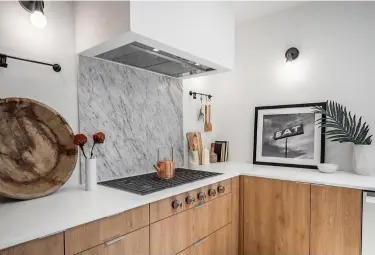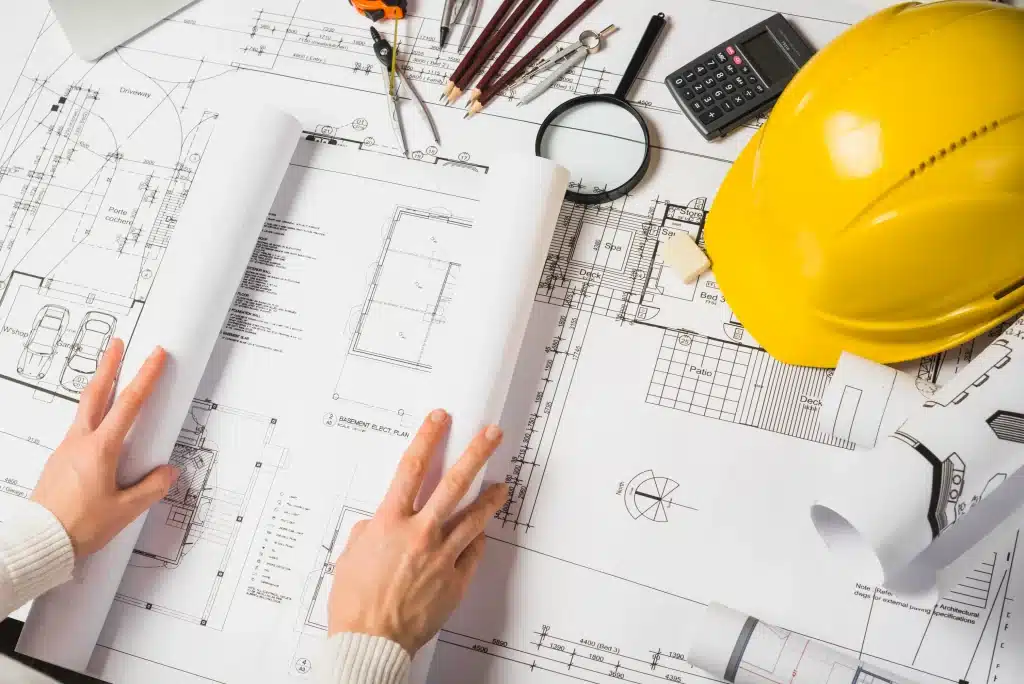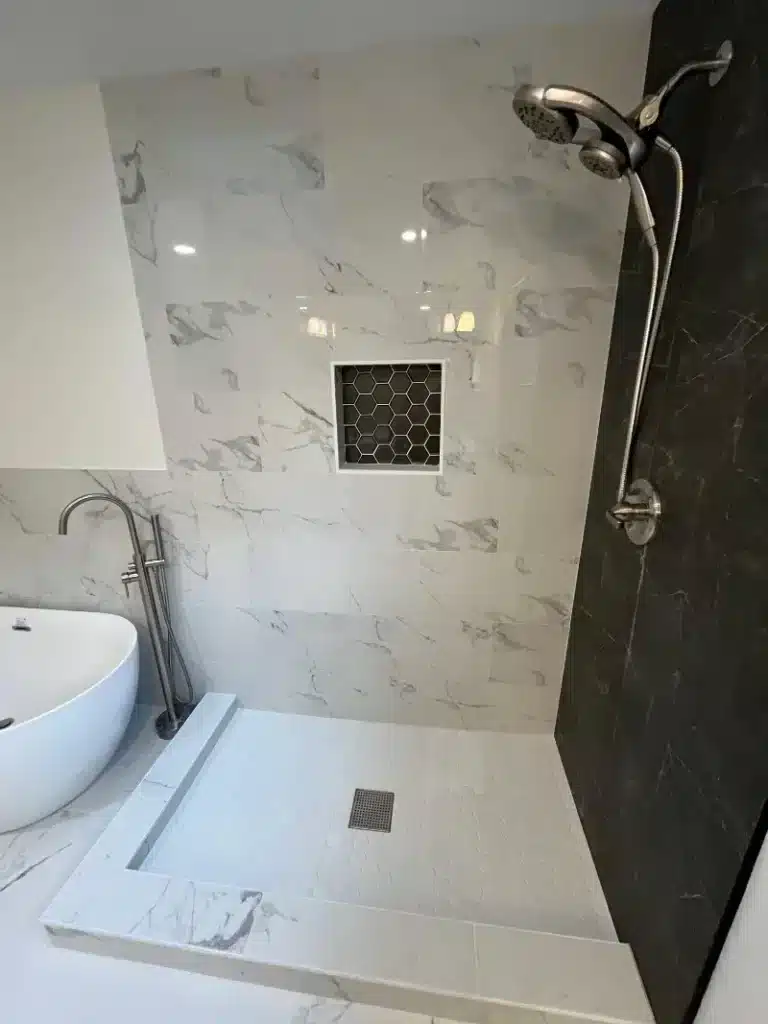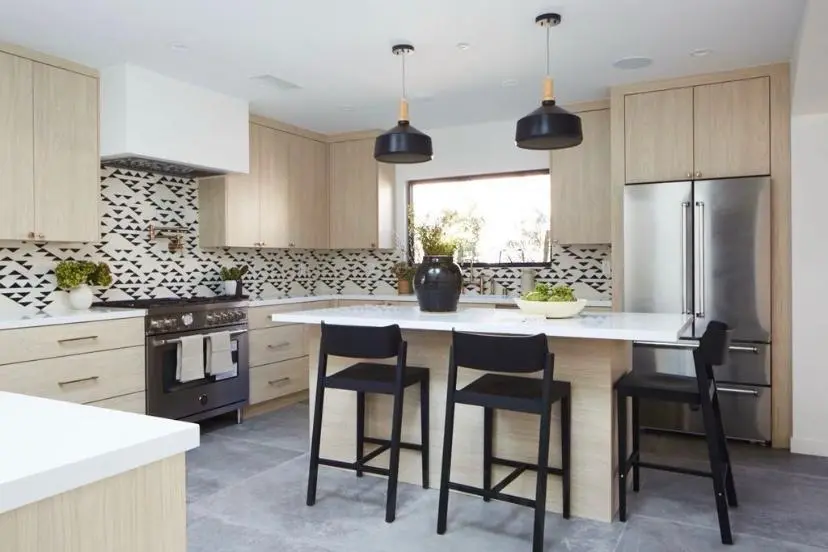Picking the right flooring can feel overwhelming, right? We’ve been there. After helping dozens of homeowners transform their spaces, we know floor tiles remain unbeatable. They’re practical, gorgeous, and surprisingly versatile. Whether you’re updating your kitchen or giving your bathroom a refresh, the right choice makes all the difference. Let’s walk through everything you need to know about choosing perfect floor tiles for your home.
How to Master Your Floor Tiles Selection for Every Space
Every room has different needs. Your kitchen deals with spills and heavy traffic. Meanwhile, your bathroom needs something water-resistant. We always tell our clients to think about their lifestyle first. Do you have kids or pets? Consider durability over delicate designs.
The best part about modern floor tiles? They work everywhere. Gone are the days of limiting certain materials to specific rooms. Today’s porcelain and ceramic choices handle moisture, scratches, and daily wear like champions. Just remember to check the PEI rating – it tells you how tough your selection really is.
Style and Inspiration - From Wood Look to Hexagon Patterns
Wood Look vs. Gray Glaze Options
Wood-look designs give you that warm, cozy feeling without the maintenance headaches. We installed these floor tiles in our own living room last year. They’re perfect if you love hardwood but worry about water damage. Plus, they stay looking fresh for years.
Gray glazed options bring a modern, sleek vibe to any space. They hide dirt well (trust us, this matters with kids around). They also pair beautifully with almost any color scheme you choose.
Size and Format Considerations
Size changes everything about how a room feels. Here’s what we’ve learned:
- Large formats (24×48 inches) make small spaces look bigger
- Smaller sizes work great for intricate patterns
- Rectangular planks create visual flow
- Square options give a classic, timeless look
Think about your room’s proportions too. Narrow spaces benefit from diagonal layouts, while square rooms shine with straight installations of floor tiles.
Trustindex verifies that the original source of the review is Google. My heartfelt gratitude to Alex and his team for making it a smooth, calm, and exciting home remodeling experience for me! Alex and his team fully displayed commitment to their customer and quality of service. They are top-notch in being both professional and personable, in partnering and communicating each step of the remodeling process with me with patience and clarity. What especially stands out is Alex making himself readily available to me to answer questions I had both big and small and assuring me that my home was a priority, as well as, his team's amazing attention to detail and care to help me reach the goal of transforming my whole condo into a beautiful place I love to be...completing it in one month! I very much appreciated their kindness and warmth towards me from beginning to end while keeping excellent service. I am grateful to Alex and his incredible team at Anyvision Home Remodeling!Trustindex verifies that the original source of the review is Google. Five Stars! A Seamless Remodel from Start to Finish We recently completed a remodel project, including a kitchen and bathroom remodel, and couldn’t be happier with the results. From the initial planning stages to the final walkthrough, everything was handled with care, professionalism, and clear communication by Chase and Dave. The project stayed well within budget, which was a huge relief, and the outcome exceeded our expectations in every way. The design is both functional and beautiful, with attention to detail that truly shines. We’re thrilled with our new space and would highly recommend this team to anyone looking for a high-quality remodel without the usual stress! Highly recommend Anyvision Home Remodeling for a house transformation project!Trustindex verifies that the original source of the review is Google. Dave and his crew did a beautiful job. We love our new bathroom!Trustindex verifies that the original source of the review is Google. Anyvison did great work on my kitchen remodel turning it from a bit of a dungeon into a very nice space. Alex coordinated and planned everything beautifully. I am very happy with the result.Trustindex verifies that the original source of the review is Google. The crew was wonderful to work with! The new deck and front porch are even better than I imagined. Thank you Dave, Ivan, Andre and everyone else!Trustindex verifies that the original source of the review is Google. Alex and his team did an outstanding job remodeling and modernizing our kitchen. They took the ideas we had and transformed them into a beautiful, functional space. Alex guided us through the material selection process, accompanying us to different suppliers and working within our budget to ensure we found the best quality materials. We are absolutely thrilled with the results, and couldn't be happier. In addition to the kitchen, Alex’s team installed new flooring and baseboard throughout the entire first floor, which has completely refreshed and brightened our home. As this home was a new purchase we also needed to do a few small additional repairs here and there before we moved in, and Anyvision was more than willing to help us. We couldn’t be more pleased with their workmanship and attention to detail.Trustindex verifies that the original source of the review is Google. I had a small bathroom project (floor and tub replacement) with Dave as my Project Manager and Diego as the contractor. Everything was done as specified and in a timely manner. I hope to work with them again in the future!Trustindex verifies that the original source of the review is Google. We had a really great experience working with Dave and his team on our bathroom remodel. The room was in quite a sorry state so they did a full demolition and installed all new everything! I was able to pick out all the tile and metal embellishments and they were happy to help bring my vision to life. They were efficient and very friendly and made sure to check in frequently to make sure things were looking how I wanted them to. In the end, I am extremely happy with our remodeling and would absolutely recommend their services to anyone looking to remodel their home! I included some before and after photos so you can see the results!Trustindex verifies that the original source of the review is Google. I had an amazing experience with AnyVision Home Remodeling! We hired them to replace our old wood deck with new composite materials, and the results are beautiful. The crew was always on time, professional, and kept the worksite clean throughout the entire project. What really stood out was the communication—Dave, the project manager, gave us daily updates, helped us choose the right materials, arranged delivery, and even found a way to reduce the price without cutting corners. No surprise charges, just honest, quality work. As a personal touch, they even surprised me with chocolate for my birthday, which says a lot about how much they care about their customers. I highly recommend AnyVision Home Remodeling!Trustindex verifies that the original source of the review is Google. I thank Chase and his team for taking on such a large and personal project of renovating my deceased parents' house, the house I grew up in. Chase takes great personal and professional care with his customers. Chase is always on top of communication in regards to status updates and is onsite about every third day. Chase offers his advice, but allows the customer to personalize every item during the construction process.Verified by TrustindexTrustindex verified badge is the Universal Symbol of Trust. Only the greatest companies can get the verified badge who has a review score above 4.5, based on customer reviews over the past 12 months. Read more
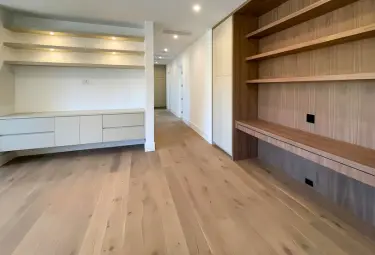
Essential Tile Features and Application Tips
Let’s talk about practical features that actually matter. Slip resistance should be your top priority, especially in wet areas. Look for textured surfaces or special coatings. We learned this lesson the hard way after a close call in our old bathroom.
Installation isn’t as scary as it seems. Good prep work makes everything easier. Level your subfloor first – this step saves headaches later. Use quality adhesive and take your time with spacing. Small gaps between each piece allow for natural expansion. Remember, rushing leads to crooked lines and uneven surfaces.
Making Your Final Floor Tile Decision
Ready to make your choice? Start by ordering samples. Pictures never tell the whole story. Feel the texture, see how light hits the surface, and imagine walking on them daily. Compare different floor tiles in your actual lighting – morning sun and evening lamps change how colors appear.
Budget wisely but don’t skimp on quality. Good floor tiles last decades when installed properly. Factor in installation costs, underlayment, and finishing materials too. Sometimes spending slightly more upfront saves money long-term.
Most importantly, trust your instincts. You know your home and lifestyle better than anyone. Pick something that makes you smile every time you walk into the room. After all, you’ll be living with this choice for years to come.
FAQs
How much should I budget for floor tiles including installation?
Plan around $5-15 per square foot for materials, plus $4-8 for professional installation. Quality porcelain runs $3-10 per square foot. Budget extras for underlayment, grout, and transitions between rooms. A typical 200-square-foot room costs $1,800-4,600 total. Get three quotes from installers. Sometimes big-box stores offer package deals that save money. Always add 10% extra material for cuts and future repairs.
Can I install floor tiles myself, or should I hire a professional?
Small bathrooms and simple patterns work great for DIY projects. You’ll need basic tools, patience, and a weekend. Watch tutorial videos first. Larger spaces, diagonal patterns, or rooms needing leveling? Hire professionals. They finish faster and guarantee their work. DIY saves money but mistakes cost more to fix. Consider your skill level honestly – there’s no shame in calling experts.
How do I maintain and clean floor tiles to keep them looking new?
Sweep or vacuum weekly to prevent scratches from dirt. Mop with warm water and mild cleaner – avoid harsh chemicals. Seal grout lines annually to prevent staining. Address spills immediately. Use furniture pads to prevent scratching. Steam cleaning works wonderfully every few months. Skip wax-based products on ceramic or porcelain. Regular care keeps them gorgeous for decades with minimal effort.

